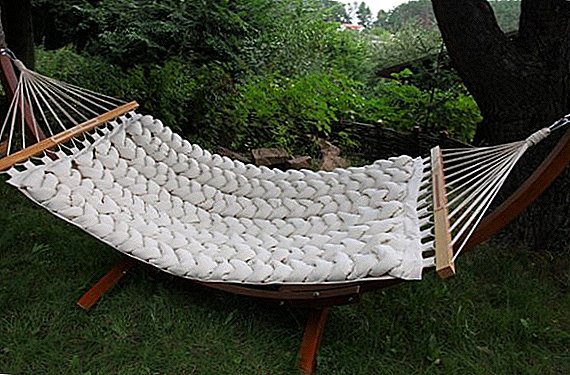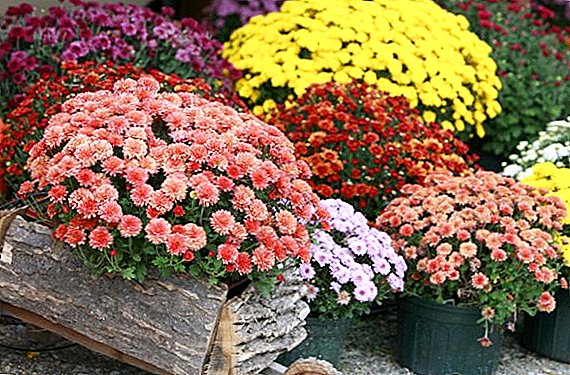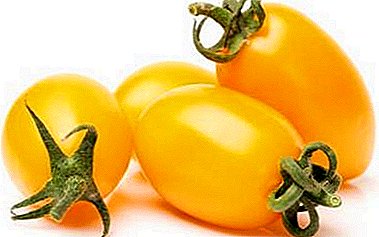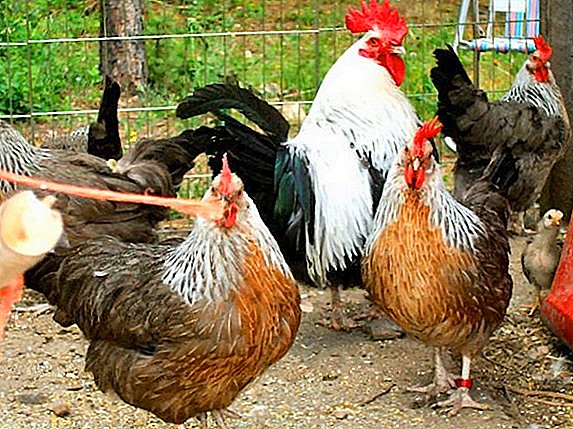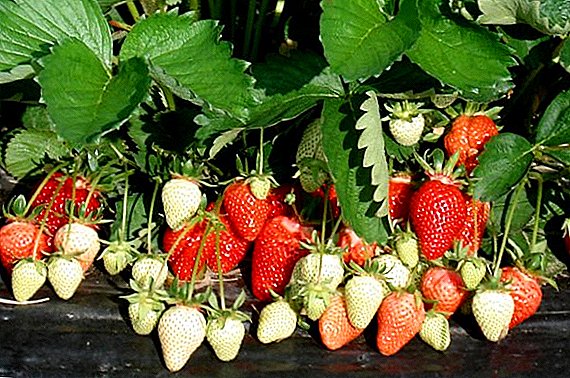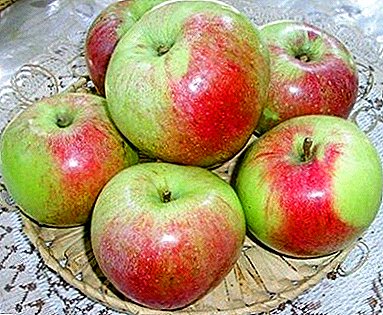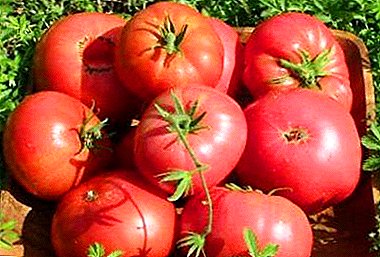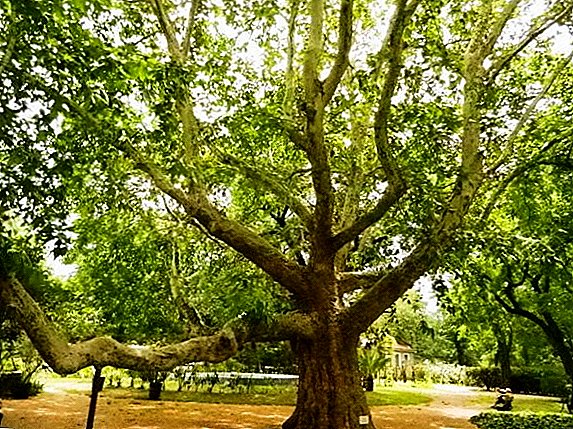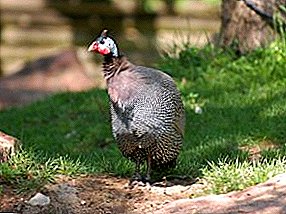 Although guinea fowls are close relatives of common chickens and turkeys, in our territories these birds are not so popular. But in terms of the quality of meat and eggs, they are not inferior to the usual agricultural birds, besides they are distinguished by good health, unpretentiousness and a beautiful exterior. Due to the low popularity of poultry among our compatriots, few know how guinea fowls look, and even more so how to keep them at home. If you are going to breed these birds, it is important to know about the features of their content and conditions.
Although guinea fowls are close relatives of common chickens and turkeys, in our territories these birds are not so popular. But in terms of the quality of meat and eggs, they are not inferior to the usual agricultural birds, besides they are distinguished by good health, unpretentiousness and a beautiful exterior. Due to the low popularity of poultry among our compatriots, few know how guinea fowls look, and even more so how to keep them at home. If you are going to breed these birds, it is important to know about the features of their content and conditions.
How contain guinea fowls
You can keep the birds in several main ways: walking, outdoor or cellular.
Important! To prevent deformation, the mesh thickness should be at least 2 mm.
Walking method
This option is more common in Europe and America. With this method of keeping birds in the daytime are on the pasture, and at night they return to the aviary. The territory of walking should be protected with a metal grid (cell size - 7-10 cm), the height should be 150-180 cm. 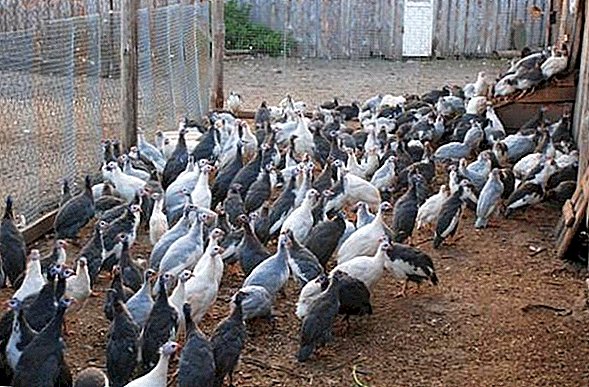 In order to warn the “escape” of birds, their wing wings are slightly trimmed. The territory of the yard is calculated as follows: 1 square meter is required for 2 individuals. m. square courtyard. As a shelter from the weather in one part of the walking yard, a lean-to canopy and perches are installed.
In order to warn the “escape” of birds, their wing wings are slightly trimmed. The territory of the yard is calculated as follows: 1 square meter is required for 2 individuals. m. square courtyard. As a shelter from the weather in one part of the walking yard, a lean-to canopy and perches are installed.
It is known that the guinea fowl flies well and may well leave the poultry yard through the air. Read about how to properly trim the wings of guinea fowls.
Floor
A very common way of keeping poultry, including guinea fowls. With this option, birds can either not go out at all, or be released only for a short while. With outdoor content the density of birds is 5 individuals per 1 square. m
The floor must always be covered with a bedding layer of about 15 cm, every week you need to pour a little new litter, so its thickness can reach 30 cm during the season. -16 ° С and 18 ° С, respectively, humidity in the range of 60-70%. 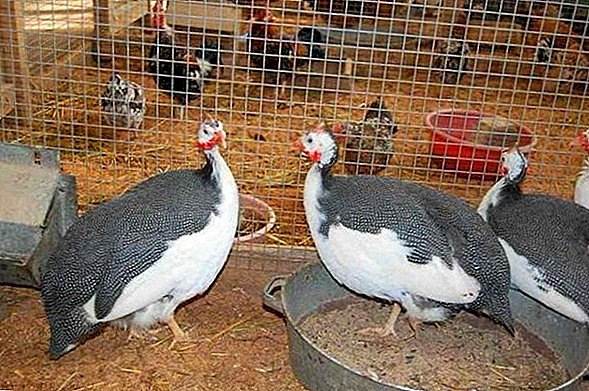 Since the birds will spend almost all the time inside the cage, be sure to take care of the availability of high-quality exhaust system.
Since the birds will spend almost all the time inside the cage, be sure to take care of the availability of high-quality exhaust system.
Cellular
Another very popular way of keeping birds, which also has many advantages: reduced feed consumption by 15%, decreases the area of maintenance, eliminates the need to look after the bird during the day, care and maintenance is much easier.
If you plan to breed guinea fowls, you need to take care of the comfort of birds. Learn how to build a nest for guinea fowls with your own hands.
The productive advantages of this method are:
- increased egg production to 170-200 eggs;
- egg production occurs earlier;
- the rate of gaining live weight increases;
- easier to breed;
- hatchability increases to 85%;
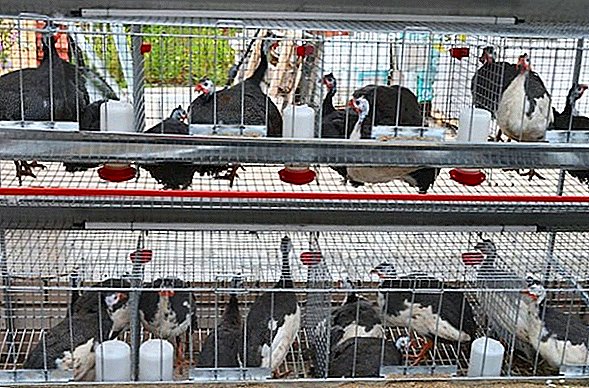
DIY guinea fowl cages
Since the cellular method is the most convenient and effective for the content of guinea fowls, consider how to implement it. Building cages for feathered birds is a simple task, requiring a minimum of materials and skills. The parameters of the future cell: length 150 cm, height 50 cm, width 45 cm.
We advise you to consider all the features of the most popular wild and domestic breeds of guinea fowls, and in particular the Zagori white-breast, blue, griffin, cubed and gray-speckled guinea fowl.
Required materials for the manufacture of cages for 5-10 heads:
- wooden bars section 3-4 cm for the frame (length of 10 m);
- galvanized floor mesh with cells 12.5 * 75 mm (cut size 150 * 60 cm);
- galvanized mesh for the roof, side and rear walls with cells 25 * 25 mm (cut 300 * 400 cm)
- galvanized mesh for the front wall with cells 50 * 50 mm (cut 150 * 50 cm);
- screws or nails;
- spring with a ring for the door;
- door hinges;
- metal corners.
- galvanized sheet for the manufacture of a pallet the size of the bottom of the cage;
- a piece of PVC pipe for feeders with a diameter of 10 cm (150 cm cut) and a diameter of 7 cm for the drinker (150 cm cut).

Phased manufacturing:
- Initially, you need to build a frame of the bars and fasten it with nails (screws). The frame should have legs about 15 cm long.
- Using scissors for metal you need to cut the necessary segments of the metal mesh of each type, depending on the size. Next, the side parts, front and rear walls need to be attached to the frame. For mounting, you can use a stapler.
- The floor must be attached at a small angle (7-10 °) so that the eggs laid will immediately roll into the egg tank. The front edge of the grid should be bent to the size of the eggs.
- Next, proceed to the manufacture of the pallet. The galvanized sheet must be bent on the sides for the formation of sides in 2 cm. On the legs of the frame, 10 cm below the floor, you need to attach metal corners. On these mounts and will stand the pallet, for cleaning it will just need to pull over.
- The top cover will serve as a door. We construct a square frame of 150 cm x 45 cm bars with a grid of the desired cross section. Further, using the door hinges, we fasten the top and the main part of the cage.
- For the construction of the feeder, we cut the PVC pipe along, but not in the center, but closer to the edge, so that there is a comfortable hollow for the feed. Using wire, the pipe should be attached to the front wall of the cage, 5 cm above the level of the lower grid.
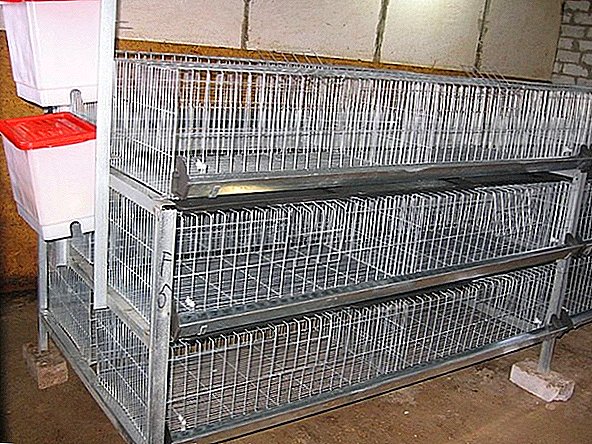 In this process, the manufacture of cages for guinea fowls over. Cells can be placed along the wall, but it is much more efficient to install them in tiers one on another. In this case, you need to make one common frame for 3-4 cells, but the bars to choose a thicker section.
In this process, the manufacture of cages for guinea fowls over. Cells can be placed along the wall, but it is much more efficient to install them in tiers one on another. In this case, you need to make one common frame for 3-4 cells, but the bars to choose a thicker section.To create suitable conditions for the existence of a bird, it is important to learn how to determine the sex. Learn the 8 best ways to distinguish a female from a male guinea fowl.
Cage Care Rules
Although caring for guinea fowls when the cellular content is much easier, it is not excluded at all. You need to strictly adhere to certain rules to make your birds as comfortable as possible.
- Temperature. It must be maintained at 16-18 ° C. Guinea fowls are frost-resistant birds, so with good insulation of the enclosure and the exclusion of any drafts, additional heating is not required. For insulation of walls and floor, you can use foam or basalt wool, on the floor you can additionally put a layer of litter material. It is very important that there is no dampness or mold in the house.
- Lighting. It is necessary to maintain the duration of daylight about 15 hours. For this fit LED bulbs or ordinary incandescent bulbs.
- Humidity. Should be at the level of 60-70% (measured by a psychrometer). If in summer the humidity drops dramatically, you can place damp cloth in the aviary.
- Cleaning and disinfection. Due to the fact that the bird will always be in an enclosed space, special attention should be paid to hygiene. Before each feeding, you need to remove the remnants of food, thoroughly wash the feeders and only then fill up the new batch. Every day you need to wipe the cells with a damp cloth. The pallets must be cleaned of the litter every day, then disinfected with the drugs "Vyrotsid", "Gluteks", "Ecocide C".

What to feed guinea fowl
When selecting a diet, it is worth remembering that the metabolism of these birds is higher than that of chickens, and therefore the need for nutrients is higher. The basis of the diet of birds is grain and greens, as well as juicy vegetable products. Guinea fowls are also not averse to eat insects, larvae and other pasture live food. Next, we consider each of the groups of the diet, based on the principle that the daily feed rate for guinea fowls is about 190 g.
Did you know? According to ancient Greek mythology, guinea fowl are tears of the sisters of the hero Meleager, whom the mother wanted to punish for killing her brother. The sisters asked the gods for the protection of their brother so much that their tears appeared in the form of the bird's spotted plumage.
Green food
It should be about 50-60% of the diet (that is, about 80 g). From the sources of green fodder stands nettle, clover, alfalfa. These birds even eat quinoa and ambrosia. When feeding greens, you can not chop up, but gather in brooms and hang them; guinea fowls themselves will be plucked up with pleasure. 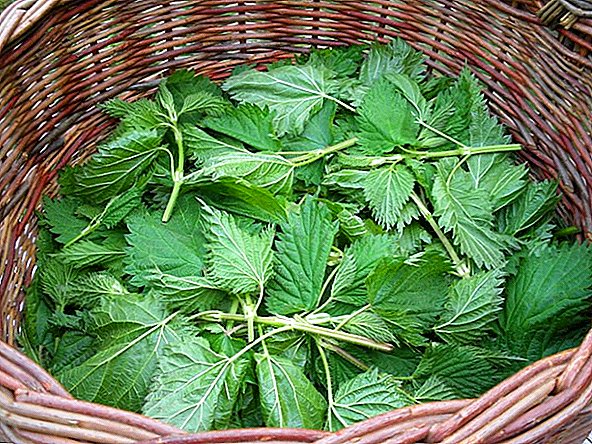 In winter, when there is no greenery, it can be replaced with juicy root vegetables, cabbage, and germinated grain. Let's talk about these products further.
In winter, when there is no greenery, it can be replaced with juicy root vegetables, cabbage, and germinated grain. Let's talk about these products further.
Corn
Cereals make up the second half of the diet; about 100 grams of cereal should be consumed per individual per day. Before feeding the grain is desirable to split up for better absorption. The bird can be fed oats, barley, millet, corn, wheat bran.
Agree that guinea fowls should receive the most nutritious and healthy food. We advise to consider some of the requirements for the diet of guinea fowls.
You can also add legumes: soybeans, peas, beans, lentils. To maintain normal health, it is very important to feed germinated oats and wheat to birds. 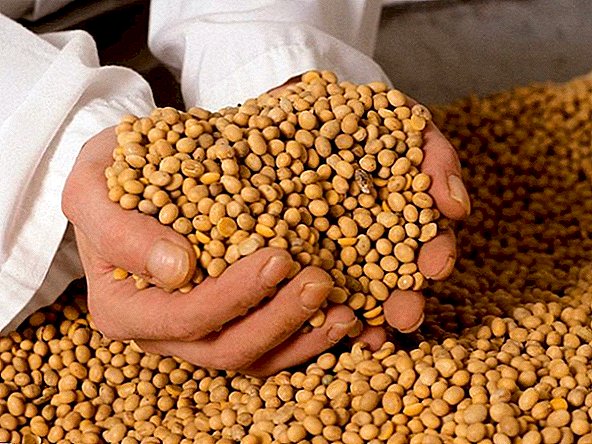
Vegetables
In winter, vegetables are an excellent substitute for greens, but they can also be added to the diet in summer. The daily rate is about 20-30 g. Guinea fowls will be happy to eat these vegetables:
- carrot;
- cabbage;
- potatoes;
- zucchini, etc.
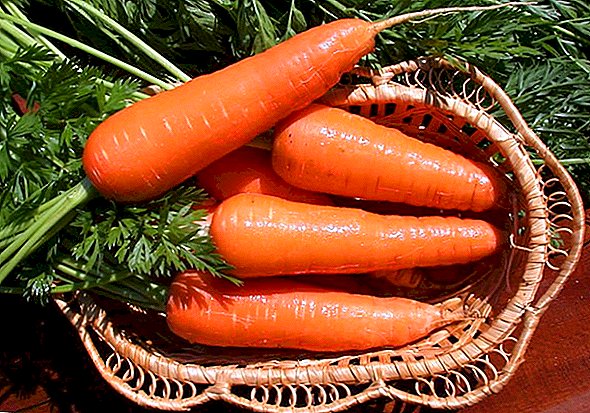
Mineral Supplements
The amount of minerals in the diet should be about 7%, which is equal to 13 g. A universal source of minerals is the shell rock. You can also give chalk and shell, salt. The diet of birds must be supplemented with yeast (up to 6 g / day), fish meal for layers (up to 15 g / day), needles (up to 15 g / day)
Important! Conifer needles in no case can not be fed feathered spring. At this time, the growth of trees is activated, the concentration of essential oils increases, which can cause severe poisoning in birds.If you decide on the maintenance of these beautiful birds, you will be surprised at how unpretentious, hardy and loyal they are. If you already have experience of keeping chickens, then breeding guinea fowls will not cause any difficulties at all. Like any agricultural poultry, they need to provide heat, sanitary conditions and a good diet to maintain high productivity.


